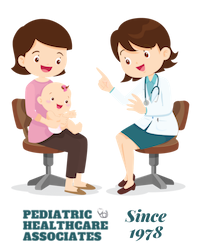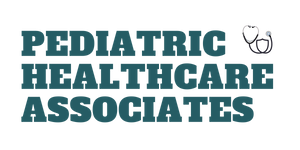Comprehensive Sunburn Care: From Prevention to Recovery
Sunburn is a common but preventable condition that can have serious consequences if not managed properly. In this comprehensive guide, we’ll cover everything you need to know about sunburn—from prevention and early intervention to recovery and when to seek help from your pediatric physician.
Understanding Sunburn
Sunburn is the skin’s reaction to excessive exposure to UV radiation from the sun or artificial sources like tanning beds and sun lamps. The redness, pain, and swelling typically begin about four hours after exposure, peak at 24 hours, and start to improve after 48 hours. This delayed reaction means that by the time you notice the burn, significant damage may have already occurred.
Severity of Sunburn
Most sunburns are first-degree burns, causing pink or red skin. Prolonged exposure can lead to blistering, which is a second-degree burn. In rare cases, severe sunburn can cause third-degree burns or scarring. It’s important to monitor your child’s symptoms and seek medical attention if needed.
Causes of Sunburn
Direct sun exposure is the most common cause, but it’s important to remember that clouds do not provide complete protection. Up to 70% of UV light can still penetrate on cloudy days. Reflected rays from snow (80%), sand (20%), and water (5%) can also contribute to sunburn. Artificial sources like tanning lamps and tanning beds are especially risky for teenagers.
Why Sunburn Is Sneaky
Sunburn is sneaky because there are no immediate warning signs while the burn is occurring. The redness and pain often don’t appear until four hours after exposure and continue to worsen, peaking at 24 to 36 hours. This is why early intervention is so important.
Early Intervention: The Role of Ibuprofen
Ibuprofen is an effective medication for reducing the redness and swelling associated with sunburn. It works by blocking the inflammatory reaction in the skin. However, it’s most effective when started early—ideally as soon as you suspect your child has had too much sun, not after redness appears. The recommended dose is three times a day for two days.
When to Seek Medical Care
While most sunburns can be managed at home, there are situations where medical attention is necessary. Contact your healthcare pediatric provider or schedule a pediatric appointment if your child experiences:
- Severe pain that doesn’t improve with home care
- Large blisters (more than ½ inch or 12 mm)
- Many small blisters at the burn site
- Blisters on the face
- Swollen feet that make it hard to walk
- Signs of infection (draining pus, red streaks, worsening pain after day two) without fever
- Itchy rashes in sun-exposed skin that occur frequently
- Any other concerns or questions
If you think your child needs to be seen but the problem is not urgent, a same day sick appointment is available.
Special Considerations for Infants
Infants have especially delicate skin and are more vulnerable to sunburn. Our healthcare for infants specialists recommend keeping babies out of direct sunlight and using physical barriers like hats and lightweight clothing. Sunscreen is generally not recommended for infants under six months.
Preventing Sunburn: Tips for Parents
- Apply broad-spectrum sunscreen with SPF 30 or higher to all exposed skin.
- Reapply sunscreen every two hours, or after swimming or sweating.
- Dress children in protective clothing, including wide-brimmed hats and sunglasses.
- Seek shade during peak sun hours (10 AM to 4 PM).
- Be aware of reflected UV rays from snow, sand, and water.
- Avoid tanning beds and sun lamps.
The Importance of Pediatric Care
Regular visits with your medical pediatric provider can help you develop a sun safety plan tailored to your child’s needs. Our associates in pediatrics and pediatrics health associates are here to support your family with expert advice and comprehensive care.
For urgent concerns, our acute care pediatrics team is available to provide prompt evaluation and treatment. And for other pediatric needs, such as pediatric ear piercing, PHCA Altoona offers safe, medical-grade services.







